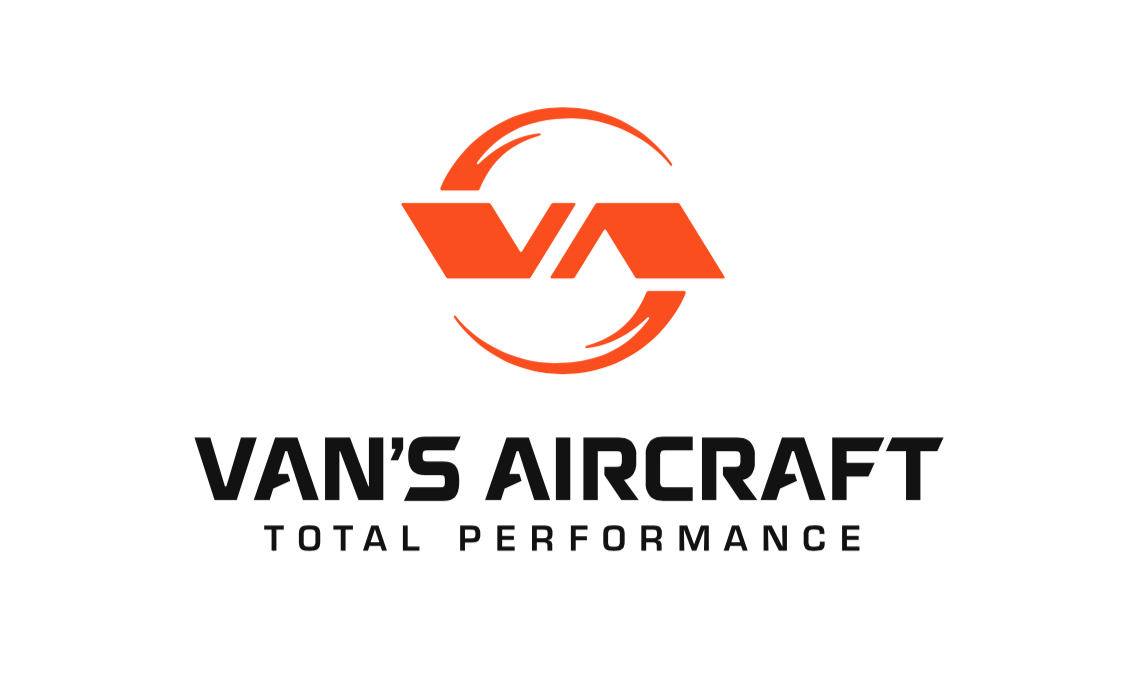The LODA is required if you want to give instruction to a paying customer in your EAB, but it's not required to receive instruction in your EAB from an instructor you pay for service. In your case, you can find someone who has the aerobatic skills you want, and have them fly with you in your plane. Frankly, they don't even need to be a CFI since you don't need formal instruction.
The aerobatic weight isn't a certification issue, it's a limitation determined by the manufacturer, and the airplane must be operated according to its Operating Limits. In the case of EAB, the manufacturer is the builder. As the builder, I can establish whatever limit I want for gross weight, aerobatic weight, approved maneuvers, Vno, etc. I can follow Van's recommended values or set my own based on engineering or my own imagination. The DPE won't make me defend my values, he just makes sure I have established them as part of the Operating Limits. Several guys in my chapter increased their max gross weight so they could carry more than Van recommends, and the DPEs didn't even blink. However, once I've established those limits and they become part of my Operating Limits, they are extremely difficult to change. In your case, you pretty much have to live with whatever the builder established.
If you go down to Warrenton and fly in the aero box, you could get by with a minimum VFR reserve plus whatever you need for the flight. The box is directly above the traffic pattern, and Culpeper is only 8 miles away as a divert if something happened to close the HWY runway, so I'd personally be comfortable landing with a 30 min reserve. VFR reserve would be about 4-5 gals, so if you can manage an instructor plus an additional 4-5 gals you'll have plenty of instruction time for aerobatics. Frankly, until you get used to it, 30 mins of aerobatics is enough. Also, remember that you can take off above the aerobatic weight limit. You could plan to use a couple gallons for start, taxi, takeoff and climb, then arrive in the box at your aero GW and start your maneuvers.
If you have trouble with being over your aerobatic weight limit with an instructor on board, you could increase the envelop by temporarily reducing the weight of your plane. For example, you could remove the wheel pants, gear leg fairings and intersection fairings on one or all of your three gear. (Lots of guys fly in this configuration during their engine break-in because they reduce the cruise speed by 15 kts, and the added drag allows them to run a higher MP setting.) I just built my wheel pants and they're about 3 lbs each (unpainted). The gear leg fairings and intersection fairing are probably 2 pounds for each set (yours are different than my RV-8's, so that's a guess). They should have a wood form inside that provides a transition from your round gear leg to the airfoil fairing, but are otherwise pretty light. There should be a piano hinge on the trailing edge, and once you get the wheel pant and intersection fairing off, you should be able to pull the pin and remove the leg fairing. (Look at the gear fairing drawings and you see how they are supposed to be installed.) If you have interior padding/carpet, you could remove that as well.
All of that should gain you enough allowance to carry a right-sized instructor, a VFR reserve, and enough gas for a short lesson. If none of those ideas give you enough margin, may I suggest a juice fast?

BTW, if you don't have a set of RV-6 plans, you can get a USB stick from Van's for $10, or you go the paper route and get the preview plans for $55. The preview plans have all the written instructions, and drawings on 11 x 17" paper folded into the notebook. I have both plus full size drawings (24 x 36"). I've had a few of the Optional Plans printed full-size at Staples/Office Depot for a few dollars each. I find the electronic plans to be really helpful when I'm searching for a part number or component name. Since you aren't building, I think the 11 x 17" drawings will be plenty large enough to help you maintain your plane.
Van's Aircraft is the leading designer and manufacturer of kit aircraft, with more than 10,000 flying aircraft and a wide selection of available models.

shop.vansaircraft.com

